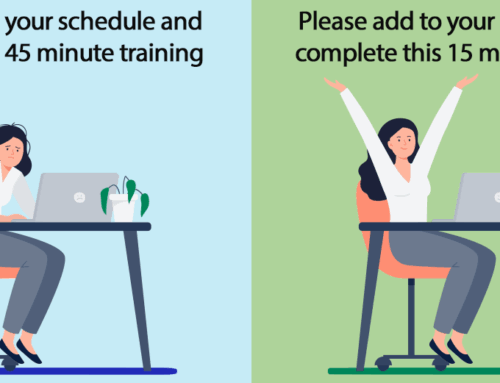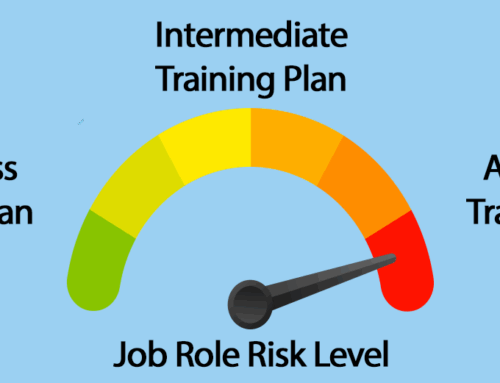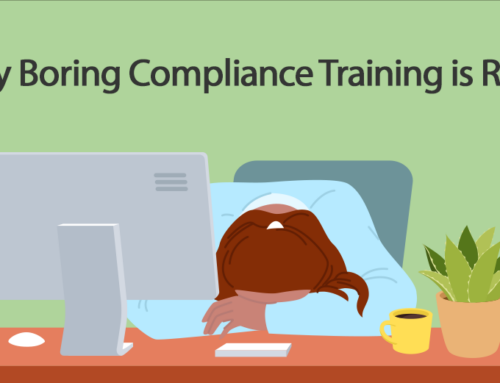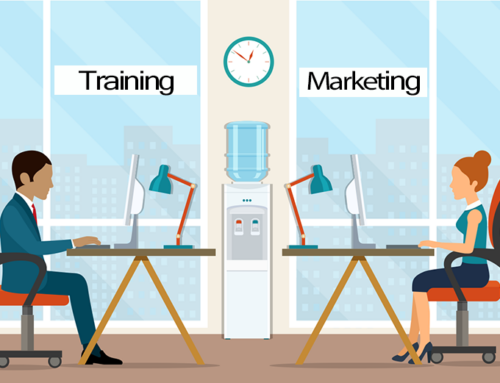Microlearning is especially ideal for acquiring, repeating, or refreshing knowledge.
We all use microlearning daily. We do this, for example, when we do an internet search for the answer to a question about a DIY project, when we read an informative article, or when we watch an online tutorial video to learn how to change a guitar string. Microlearning can be text, video, infographic, or podcast, whatever the format; the goal of a microlearning event is to get the information we need when we need it. Microlearning is, therefore, a learning format and reflex that is already part of everyday life, particularly suited to an on-demand learning module.
In the beautiful world of e-learning, one might consider microlearning to be one of the most attractive, less time-consuming, and generally much cheaper to produce than “traditional” e-learning content. It is a format considered particularly effective in business and academic training. It is also particularly suitable for the onboarding of new employees.
Microlearning offers short sequences of content, which learners can consume at their own pace and at their convenience. This aspect makes it the preferred e-learning format for mobile learning. Moreover, the relationship between mobile learning and microlearning is complementary; both adapt to the uses of learning today, one serving as a support for the other.
Microlearning is based on cognitive science. It uses spaced repetition, a proven method of boosting retention to break down learning topics into more manageable pieces and repeat them with adequate spacing between lessons. This learning technique allows access to the learner’s long-term memory, making microlearning enjoyable as part of the learning of technical skills.
Below is a sample microlearning course about Accurate Records and Reporting
To see additional microlearning courses go to https://www.xcelus.com/limesmart/





